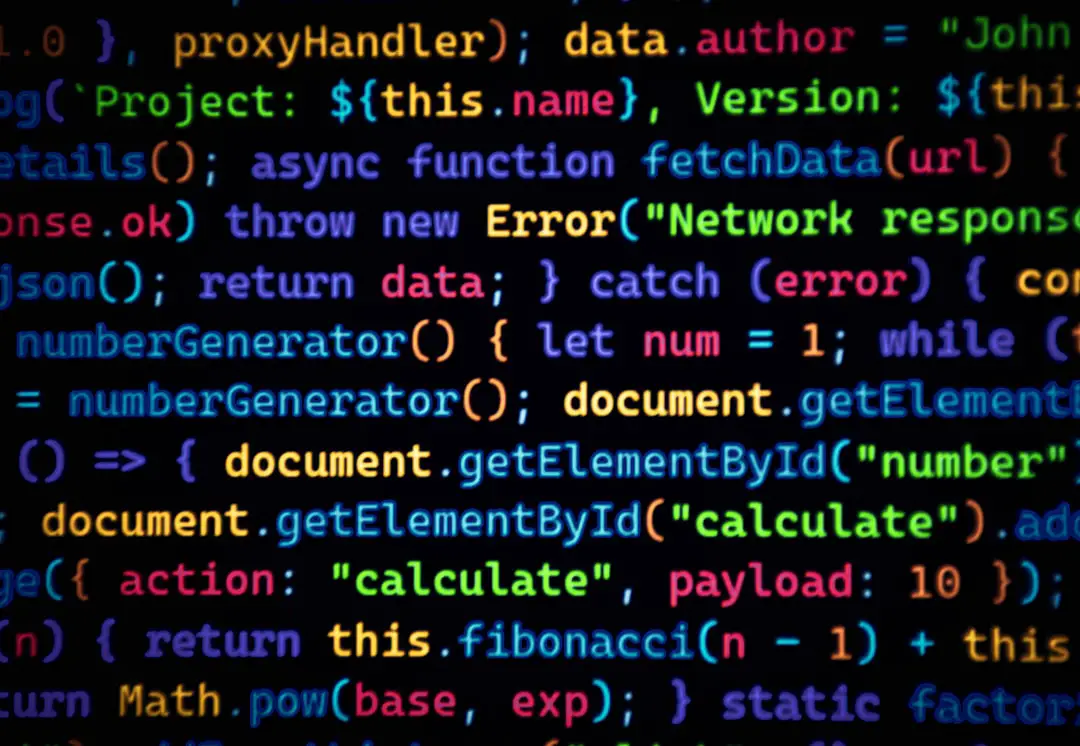QR codes are everywhere. On signs, in stores, on packaging—even on your grandma’s jam jars! But not all QR codes are created equal. There are two main types: static and dynamic. Each one serves a special purpose in your marketing strategy. Knowing when to use which can save you time, money, and a lot of hassle.
Let’s keep it simple. No jargon. Just clear, fun, snack-sized info. Ready? Let’s dive in.
What’s the Difference?
Think of a static QR code as a permanent tattoo. Whatever information you encoded is there for life. A dynamic QR code, on the other hand, is like a dry-erase board. You can update it even after you’ve shared it with the world.
- Static QR: Fixed content, cannot be changed.
- Dynamic QR: Content can be updated anytime.
Still curious? Here’s a little twist: a static QR code is free to create and great for simple stuff. But if you want to track or update links later? You’ll need a dynamic one.
When to Use Static QR Codes
Static QR codes are perfect for things that will never change. They’re also free—hooray!
Use static QR codes when:
- You’re printing business cards with your website.
- You want to add a code on a product label.
- You’re sharing simple contact info like an email or phone number.
- You’re linking to a permanent PDF or document.
Static is best when:
- You don’t need to track scans.
- You’re okay with the link being unchangeable.
- Your content is short and sweet.
Example: You sell homemade candles at a farmer’s market. You create a QR code that links directly to your website. You print it on a sign. Later, people scan it and visit your site. You’re happy. No changes needed. Static wins!

When to Use Dynamic QR Codes
Now here’s where dynamic QR codes shine. They’re flexible. You can track scans, change the destination, and even set different rules based on location or time of day. Pretty slick, right?
Use dynamic QR codes when:
- You’re running a promotional campaign or a contest.
- You want to track how many people scan your code.
- You want to update the link later without printing a new code.
- You’re doing A/B testing on your marketing materials.
Dynamic is best when:
- You want analytics (who, what, where, when).
- You plan to change the offer or landing page frequently.
- You want to personalize content for different users.
Example: You launch a summer drink promotion. Your code now links to a recipe. But autumn comes, and now your link should lead to a pumpkin-themed contest. With a dynamic QR code, you just log in and update the link—no reprinting signs necessary. That’s efficiency!

Pros and Cons at a Glance
| Type | Pros | Cons |
|---|---|---|
| Static QR |
|
|
| Dynamic QR |
|
|
Real-World Marketing Examples
Let’s break down more scenarios to help you choose smart.
1. Restaurant Menu
Using a digital menu? Go dynamic! Menus change all the time. With a static code, you’d need to reprint it every time you change the soup of the day. With a dynamic one, just update the menu link. Done.
2. Event Flyers
If the event date, location, or speakers might change, use a dynamic QR code. You can keep attendees informed without touching your flyers again.
3. Product Packaging
Static QR codes are great here—if the product never changes. But if you want later to run a seasonal promo on the same packaging, a dynamic QR is the way to go.
4. Business Cards
Static is fine if it links to your main website. But if you’re testing different landing pages or running a special intro discount, a dynamic code helps you adjust as needed.
What About Scan Analytics?
With dynamic codes, you can track lots of juicy data! Like:
- How many people scanned your code
- What time they scanned it
- What device they used
- Which location scans came from
This helps you measure campaign success. You can see what’s working and what’s not, then adjust your strategy fast.

How to Get Started
Making static QR codes:
- Use free tools like qr-code-generator.com or Canva.
- Enter your data (URL, text, email, etc.).
- Download and print!
Making dynamic QR codes:
- Sign up with a QR code platform like QRCode Monkey, Beaconstac, or Flowcode.
- Create your dynamic code and enter your starting URL.
- Access analytics and update links whenever you like.
Which One Should You Choose?
It depends on your goals. Ask yourself:
- Will the content change later? → Use dynamic.
- Do I need to track scans? → Use dynamic.
- Is this a one-time print that won’t change? → Use static.
- Do I need it forever free and simple? → Use static.
Final Thoughts
QR codes are your silent marketing ninjas. With static codes, you get simplicity. With dynamic codes, you unlock flexibility and insights. Pick the right tool for the job and make scanning fun for your audience!
Pro tip: Always test your QR code before launching any campaign. Scan it yourself—and ask a friend to test too. Better safe than scan-fused!
Now go add some scannable magic to your marketing!

